It’s hard to put into words what Nepal did to me. What began as a curious idea—a spontaneous trip to a land I’d only seen in Instagram reels and dreamy documentaries—turned out to be one of the most humbling, spiritual, and jaw-droppingly beautiful experiences of my life.
Nepal wasn’t just a travel destination. It was a feeling. A kind of warm whisper in the cold Himalayan air that said, “Slow down. Breathe. You’re alive.”
In this post, I’ll take you through my journey to Nepal, a country that made me feel more present, more connected, and strangely more at peace with myself. If you’ve ever thought about exploring Nepal, consider this your sign. Let me walk you through my story—not just the places I visited, but how they made me feel.
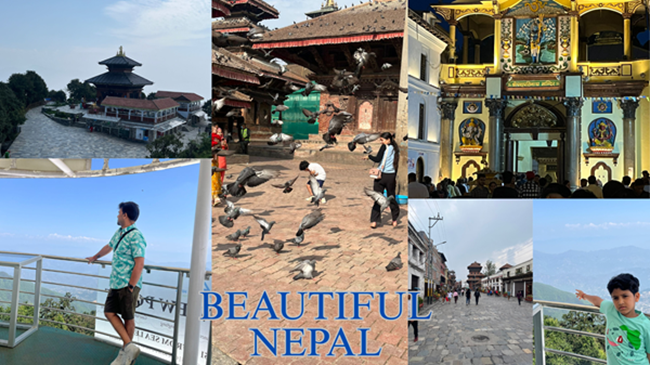
Touchdown in Kathmandu: Chaos, Culture, and Charm
I landed in Kathmandu on a clear morning, with the mighty Himalayas peeking through the plane window like white-iced giants. The moment I stepped out of the airport, I was hit with a sensory cocktail—whiffs of incense, the murmur of temple bells, bustling roads, and the calm gaze of saffron-robed monks.
Kathmandu, despite its chaos, has an old-soul energy.
Swayambhunath (Monkey Temple) was my first stop. The steep climb didn’t bother me because every step up felt like I was walking closer to peace. The golden stupa, the spinning prayer wheels, the curious monkeys—everything had a rhythm.
Then there was Pashupatinath Temple. Watching the evening aarti by the Bagmati River was surreal. The chants, the flickering lamps, and the sound of the conch—it stirred something in me I didn’t know existed.
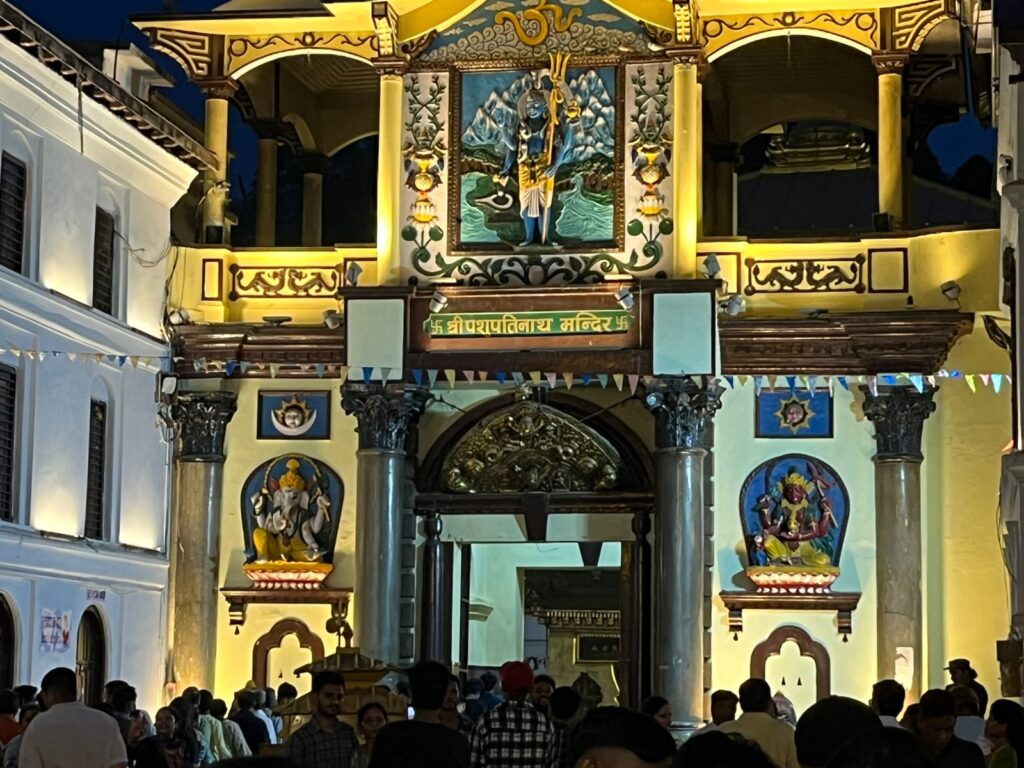
Don’t miss Boudhanath Stupa either. I walked around the massive dome with Tibetan chants echoing from nearby shops, and even though I’m not Buddhist, I felt… still. Present. Whole.
Pokhara: Where the Mountains Kiss the Lakes
After the whirlwind of Kathmandu, Pokhara was like a gentle exhale. This lakeside town was my safe haven—a place where time moved slower, and the scenery looked photoshopped.
I stayed near Phewa Lake, and every evening, I would take a quiet boat ride to Tal Barahi Temple, watching the orange sun dissolve into the water. One morning, I hiked up to the World Peace Pagoda, and let me tell you, watching the Annapurna range light up at sunrise—pure magic.
Sarangkot was another highlight. I woke up at 4:30 AM, shivering under four layers of clothing, just to catch the sunrise. I also took a leap of faith—literally—and went paragliding. Flying above the valley, with the Himalayas in the backdrop and the lake below, was the closest I’ve ever felt to being truly free.
Pokhara made me fall in love with life again.
Chitwan: My Unexpected Jungle Adventure
I never thought Nepal would give me a mini-African safari experience, but Chitwan National Park did exactly that.
I opted for a jeep safari, though elephant-back options were available (I skipped it due to ethical concerns). Within the first hour, I spotted a one-horned rhinoceros, wild deer, and a playful gang of monkeys. The real heart-stopper? Seeing tiger paw prints fresh on the muddy trail.
Evenings in Chitwan were no less charming. I attended a Tharu cultural dance by a bonfire, surrounded by locals and travelers, sipping hot chai and clapping along.
Lumbini: Walking Where Buddha Was Born
I’ve always been curious about spirituality. Visiting Lumbini, the birthplace of Lord Buddha, was more than just a bucket-list moment—it was a spiritual checkpoint in my journey.
Walking through the Sacred Garden at sunrise, near the Maya Devi Temple, there was a silence so profound, I could almost hear my own heartbeat. The Ashoka Pillar, centuries-old and weathered, stood proudly as a reminder that this land birthed a philosophy that would go on to touch millions.
I spent hours wandering through the Monastic Zone, exploring temples built by countries like Thailand, Japan, and Germany. Each was more serene than the last.
Everest Region: A Glimpse Into Heaven
No, I didn’t do the Everest Base Camp trek (not this time!), but I did fly from Kathmandu to Lukla, one of the world’s most thrilling airports.
From there, I did a short trek up to Namche Bazaar—a Sherpa village nestled high in the clouds. The trail was tough, but the hot noodles, yak cheese, and warm smiles made up for it.
I visited Tengboche Monastery, where monks chanted at sunrise with Ama Dablam in the backdrop. I swear, I’ve never felt so insignificant, yet so deeply connected to the world.
Bhaktapur and Patan: Time Travel in Technicolor
Back near Kathmandu, I took day trips to Bhaktapur and Patan (Lalitpur). These cities felt like open-air museums.
Bhaktapur Durbar Square, with its red-brick buildings and temples, was like stepping into the 15th century. I watched a potter shape clay with hands weathered by decades of artistry. I tasted Juju Dhau—a creamy local curd that I still dream about.
Patan was equally mesmerizing. The Krishna Mandir, with its intricate stone carvings, stood like a silent poem in the middle of the square. The Patan Museum gave me deeper insight into Hindu and Buddhist art, and by then, I realized how interconnected the two faiths were in Nepal.
Offbeat Escapes: Bandipur, Ilam, and Rara Lake
If you love finding places off the tourist radar, Bandipur is a dream. Perched on a hill between Kathmandu and Pokhara, it felt like a forgotten European village—with Nepali warmth. No cars, no honking. Just cobbled streets, cozy cafes, and panoramic views.
Ilam, on the eastern side, was my green escape. Rolling tea gardens, foggy mornings, and the aroma of fresh brew—I felt like I was in a postcard. Watching the sunrise at Antu Danda, with Kanchenjunga on the horizon, was worth every bumpy hour it took to get there.
And then there was Rara Lake—oh, Rara! Reaching it was no easy task: a flight to Talcha, followed by a trek. But the effort? Worth every aching muscle. Nepal’s largest lake, surrounded by alpine forests and complete silence, made me cry a little. It was that beautiful.
Things I’ll Never Forget (You Should Try These Too)
- Trekking the Annapurna region (even a short one)—the trails are soul therapy.
- Adventure sports in Pokhara—zip-lining, rafting, and my favorite, paragliding.
- Trying every Nepali dish I could:
- Dal Bhat gave me strength.
- Momos became a mild addiction.
- Sel Roti with tea on a chilly morning? Heaven.
- Thukpa soothed my altitude-fatigued bones.
- Don’t skip Newari cuisine—bold, spicy, and unforgettable.
Best Time to Travel to Nepal
I visited in October, and the weather was perfect—clear skies, cool mornings, and golden sunlight. But here’s a quick guide:
- Autumn (Sep–Nov): Ideal for trekking and mountain views.
- Spring (Mar–May): Flowers everywhere, especially rhododendrons.
- Winter (Dec–Feb): Cold but great for cultural exploration.
- Monsoon (Jun–Aug): Less crowded, greener landscapes.
Practical Travel Tips from My Experience
- Visa: Indians don’t need one. Everyone else gets visa on arrival.
- Currency: Carry cash in rural areas. Most cities accept cards.
- Water: Stick to bottled or filtered water.
- Dress modestly, especially in temples and monasteries.
- Use your right hand for offering things—it’s cultural etiquette.
- And most importantly—slow down. Nepal isn’t meant to be rushed.
Souvenirs I Brought Back (And You Should Too)
- A singing bowl that still calms my nerves.
- Prayer flags, now dancing in my balcony breeze.
- A soft pashmina shawl for mom.
- Local tea and spices—every cup reminds me of the mountains.
- A small Thangka painting that now hangs above my workspace.
Final Thoughts: Nepal Changed Me
There’s a kind of magic in Nepal that doesn’t scream for attention. It just exists—in the kindness of strangers, the wisdom of monks, the strength of mountains, and the simplicity of life.
Every time I think of Nepal, I feel lighter. Like I left a part of my stress behind and brought back a piece of something pure. If you’re looking for more than just a vacation—if you want to reconnect with nature, culture, or even yourself—Nepal is where you need to go.
And trust me, once you visit, a piece of your heart will stay behind… right there, under a prayer flag fluttering in the Himalayan wind.
FAQs on Nepal Travel :
Q1. Is Nepal expensive to travel?
No. Nepal is one of the most budget-friendly countries with options for all types of travelers.
Q2. Is English spoken in Nepal?
Yes, especially in tourist areas. Nepali is the official language, but most locals understand basic English.
Q3. Can I use Indian currency in Nepal?
Yes, but only smaller denominations (INR 200 or less) are accepted.
Q4. Are there good options for vegetarian travelers?
Absolutely! Nepali cuisine has plenty of vegetarian dishes.
Q5. Is it safe to travel solo in Nepal?
Yes. Nepal is considered very safe for solo and female travelers with basic precautions.
You May Also Read About : Ultimate Travel Guide For Rajasthan , Kolkata – The City of Joy , UNESCO World Heritage Sites in India
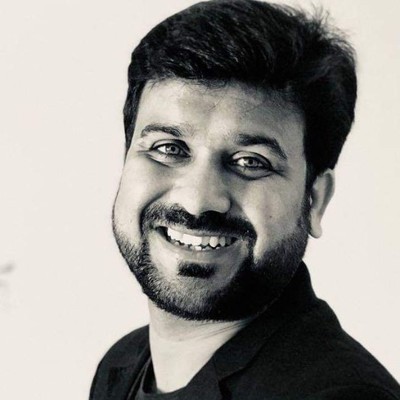
Hi, I’m Prashant Jain — a curious soul, storyteller, and content creator at heart.I’ve always been drawn to the world of entertainment, travel, sports, health & lifestyle — not just as a writer, but as someone who genuinely lives these experiences. Whether I’m binge-watching the latest OTT series, exploring offbeat spiritual destinations in India, or diving deep into wellness routines and cricket match insights, I love sharing what I discover with like-minded readers.
PopNewsBlend is my way of blending personal journeys with meaningful stories — ones that inform, inspire, and keep you ahead of the curve. Everything I write comes from real observations, hands-on experiences, and a deep passion for understanding the world around us.
Discover more from Popnewsblend
Subscribe to get the latest posts sent to your email.

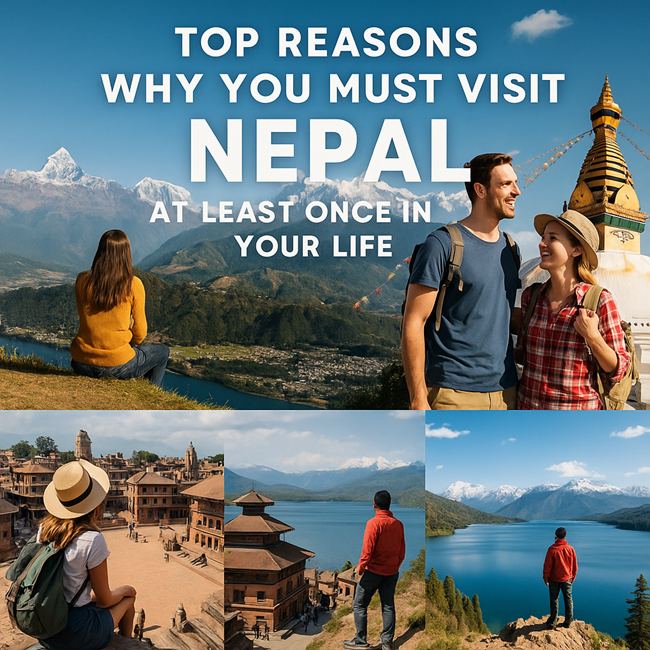




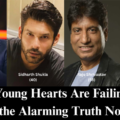
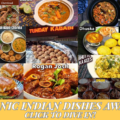
Pingback: Chhath Puja 2025: Significance, Rituals, Dates & Meaning